Evergreen magnolias: a user’s guide
Magnolias are magnificent – but they can be tricky.
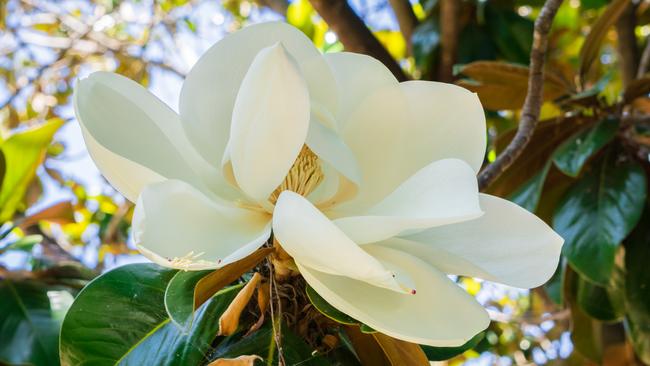
Magnolias are a bit complicated. As well as the classic deciduous types that bear large, cupped blooms on bare branches in late winter, there’s another large group of magnolias that are evergreen.
The best known is probably Magnolia ‘Little Gem’, popular as a small feature tree over the last decade or so. It’s a dwarf form of the bull bay, Magnolia grandiflora, a species that can reach 20-25m tall. They have large, dark green, glossy leaves with coppery velvet undersides and huge white flowers through summer with a sweet lemony fragrance; bees love them. ‘Little Gem’ and the similar ‘Kay Parris’ are marketed as 5m-tall trees but can exceed that.
For those who’ve been disappointed in the performance of their rather expensive trees, there are a few things to know. These natives of moist habitats in the south-eastern US love a steady supply of water (although with good drainage). If your tree looks sparse and struggling rather than lush and full, chances are that it just doesn’t get enough water. Trees in pots often fail from constant water stress. The best specimens I see are on automatic irrigation and it’s remarkable to note how trees about town look so much better after heavy rain.
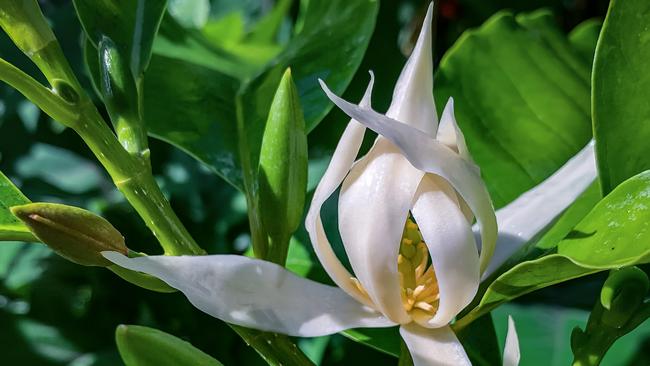
These handsome trees also need plenty of sun. In shade they grow stretched and open, with poor flowering. They respond very well to pruning, although it’s not obvious how to do this well. Give them an all-over shaping once a year in early spring, before growth commences. Fertilise and start to increase watering. Then ideally you’ll tip prune the active growth tips through spring and summer. This is also when they’re flowering, so you’ll need to distinguish the flower buds from the leaf shoots – it’s not hard once you get your eye in. On each stem, there’s a surge of leaf shoots after the terminal flower fades, so prune below the spent flowers, then tip prune the multiple leaf shoots that develop.
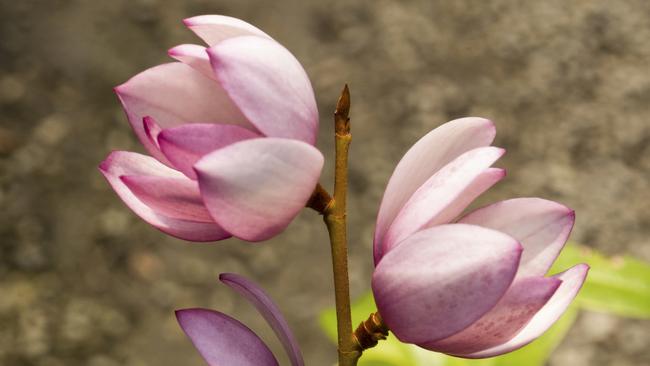
It’s possible to form ‘Little Gem’ into a thick hedge, a pleached hedge or even tall “lollipop” standards. Renovation pruning in early spring can restore gangly trees; cut them as hard as you like to force fresh growth from low down but allow a couple of years for full recovery.
There are larger varieties of M. grandiflora such as ‘Exmouth’ and ‘St Mary’ that reach 10-12m, and ‘Alta’, a narrow, conical form to 10m. Smaller varieties include ‘Sweet Spire’ (3m x 1.2m) and ‘Sweet Carolina’ (4m x 2.5m). ‘Teddy Bear’ (4-6m x 3m) has become popular for its cute, compact, bushy form and rounded leaves, although it bears fewer flowers.
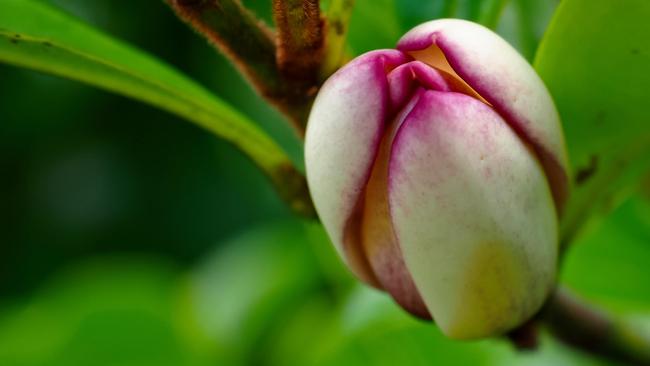
Evergreen magnolias are further complicated by many Michelia species being reclassified as Magnolia. The small-leafed, fragrant port wine magnolia is now Magnolia figo. So too Magnolia x alba, a 10m tree whose heady fragrance from large cream flowers drifts across the entire garden, and the elegant Magnolia doltsopa, which bears creamy-white, fragrant flowers in profusion.
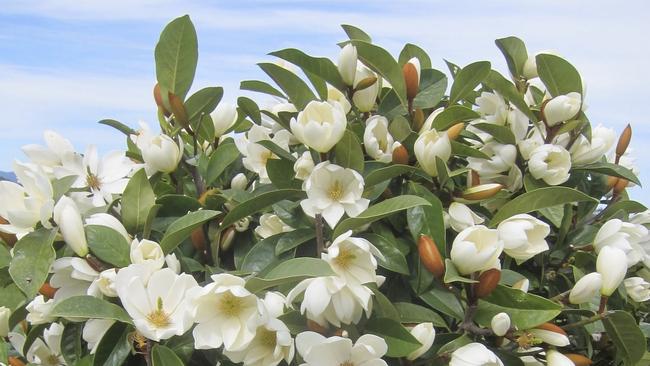
Some new, smaller hybrids, all with lovely fragrance, are worth seeking out. ‘Inspiration’ (4m x 3m) has bright white flowers, ‘White Caviar’ (4m x 2m) has white and pink cupped blooms and ‘Bubbles’ (6m x 4m) has pink-edged white blooms. The ‘Fairy Magnolia’ series are bushy, smothered in flowers in spring and make a pretty hedge or small tree.
Q&A
Is there an organic way to treat flea beetles decimating my vegetable garden? They’re attacking eggplants, beans, lettuce and basil.
Marion Lockington, NSW
Females lay eggs in soil where the larvae hatch and grow until emerging in early spring as adults; numbers decline as summer heat rises and damage lessens as plants grow larger. Solutions include sprinkling diatomaceous earth and setting yellow sticky traps. Spraying young, vulnerable foliage with kaolin clay is unsightly but effective. An entomopathogenic fungus, Beauveria bassiana, is showing promise in commercial research.
Why do some flowers hang their heads? Can they be made to raise them?
Gloria Dubczuk, by email
Pendant flowers include fuchsias, hellebores, cerinthe and many bulbs. Facing downwards helps protect the reproductive parts from extreme rain and sun in harsh climates. It also helps control the orientation, precision and hence pollination efficiency of the specific pollinators that can access these flowers. Home gardeners can’t alter this trait although breeders work on it – new hellebore varieties increasingly have upright flowers.
Over the last few years my rhododendron that used to flower beautifully only produces new growth shoots, not flower buds. Why?
Deb Christiansen, by email
Lack of flowers is usually due to too much shade, too much high nitrogen fertiliser (including run-off from lawns) or pruning at the wrong time. Rhododendrons are long-lived and should keep flowering into old age.
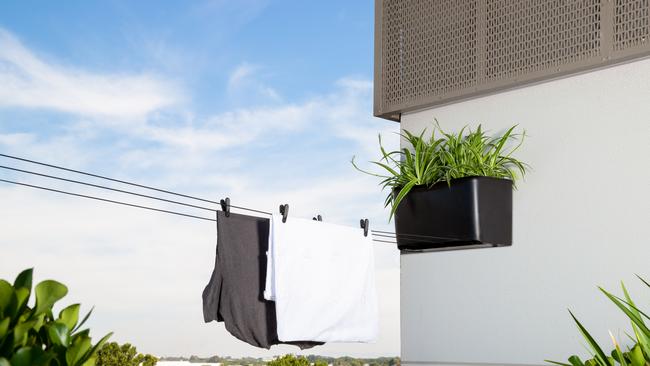
Send your questions to: helenyoungtwig@gmail.com or Helen Young, PO Box 3098, Willoughby North, NSW 2068; helenyoung.com.au. The best question in November wins the new Hills Planter Retracting Clothesline worth $129. hillshome.com.au.




To join the conversation, please log in. Don't have an account? Register
Join the conversation, you are commenting as Logout